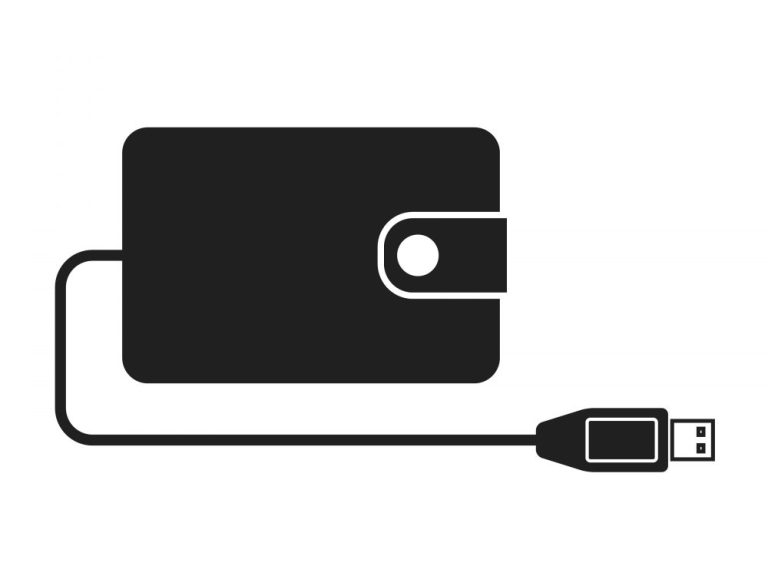Thanks to the growth of mobile technology and e-commerce, many are writing banknote obituaries and hailing the arrival of the cashless society said Daniel Kornitzer, Chief Product Officer of leading global payments provider Paysafe.
While there is no final farewell for hard currency in sight — a recent Forrester poll shows 53 percent still favor traditional coins and banknotes — the future is unquestionably digital and paperless.
And leading the charge toward a digital future? Smartphones, Kornitzer said. They’re helping to drive this new economy, providing connectivity and processing power that is widening the market for contactless payments and digital wallets.
PYMNTS: How are you seeing the mobile wallet space developing?
DK: What is becoming increasingly apparent is that anything that was previously transacted by paper or card can be kept on a smartphone. Not surprisingly, with over 2.1 billion users worldwide, today’s smartphones have become versatile user interfaces and engines for eCommerce. The likes of Apple, Android and Samsung, each with their own “Pay” solution, are prime examples of the growth and opportunity in eCommerce.
The digital wallet concept has been around since the early days of online commerce and can be defined as any payment made through a device at physical point-of-sale or through mobile eCommerce. A distinction is made here between “proximity” wallets and “remote” wallets. The former involves a direct interaction between buyers and sellers, while the latter is when buyers and sellers are not in the same physical place.
Advertisement: Scroll to Continue
A further distinction can be made between mobile web-browser payments and in-app payments. Near field technology (NFC) is the main power behind proximity wallets, allowing smartphones to make a wide variety of transactions and to store identity information.
What is often overlooked in this space is that cash itself brings another dimension to digital payments.
Take for example our product, Paysafecard, which allows consumers to convert cash into digital currency to pay for goods and services online without having to provide any bank or credit card details to the merchant. Cash, but not as we traditionally know it!
PYMNTS: If there’s any one segment that’s pushing mobile wallet adoption, what would that be?
DK: The buying habits of millennials — digital natives and the most committed and sophisticated users of smartphones — will certainly accelerate the adoption of digital wallets.
According to Finserv’s “Expectations and Experiences” report, 33 percent of “late millennials” and 36 percent of “early millennials” have used digital wallets. While millennials and mobile technology go hand in hand, and smartphones are now the principal method of internet access worldwide, there is some way to go before wallet usage becomes mainstream.
PYMNTS: On a high level, what would you say are some of the things that are most appealing about digital wallets?
DK: Above all — simplicity.
As Henry David Thoreau famously remarked: “Our life is frittered away by detail … simplify, simplify.” It’s a sentiment that could well be the business case for smartphones as the payment method of choice.
When all the digital information needed for transactions is stored in one place, buyers and sellers have the prospect of frictionless one-click purchasing.
Gone is the need for consumers to enter a wealth of tedious details, while retailers benefit because fast, contactless transactions encourage greater volumes of business. The result is a seamless checkout experience.
In addition to convenience, transaction costs are reduced through straight-through processing, because tapping or scanning a mobile device removes the need for intermediaries.
PYMNTS: What about security? What are some of the risks involved with going digital?
DK: Whenever digital technology moves into new areas, there is always the fear that innovation will outpace the security required to keep us safe. Cybercriminals are, of course, always quick to exploit any weaknesses, so consumers are understandably wary of trusting new payment methods.
The simple truth is that there is no such thing as 100 percent security; just as your wallet can be picked, data can also be stolen from digital wallets.
PYMNTS: So what’s being done to protect end users?
Wallets that contain credit card numbers loaded via an app are safer than chip-enabled cards. This is because the numbers are protected by tokenization and can’t be written down or pilfered by a skimmer.
While card data is vulnerable to thieves with small NFC readers, smartphones are more secure; but that’s not to say they can’t be hacked, as has been the case with the NFC feature on some Android phones.
This happens when a malware-infected app is downloaded and uses the phone’s NFC reader to harvest credit card details and send them to the attacker.
With all technology, no matter how complex, the basic principle of effective security is the same: something you know, something you have, something you are. In other words, a password-token-biometric combination.
When digital wallets incorporate multiple levels of authentication, they are among the most secure payment methods available today.
If developed rigorously and consistently, and in parallel with digital wallet solutions — particularly for smartphones — this three-step approach provides a highly secure environment for payments and should be enough to allay security fears.
PYMNTS: Sounds great. So why haven’t digital wallets taken off?
DK: Digital wallets can only function with compatible systems, so widespread adoption and acceptance will depend on successful integration across different processors and merchant and customer hardware.
The marketplace today is highly fragmented, with numerous providers pushing proprietary offerings, and there is no single infrastructure or wallet environment that ensures systems can talk to each other.
What consumers need is a unified mobile commerce experience.
Convenience and simplicity are more likely to be compromised by poor levels of interoperability and by market fragmentation rather than security.
PYMNTS: What’s the way forward for digital wallets?
DK: With the growth of eCommerce and the ubiquity of mobile devices, digital wallets have an assured future. But greater integration and better awareness and education are needed before consumers and merchants fully understand the potential and feel comfortable about security.
As digital enablers such as Paysafe continue to push the boundaries of digital wallets and prepaid cards with our Skrill, NETELLER and paysafecard products, we can expect advances in functionality beyond wallet-to-wallet payments. This includes easy-to-use options, such as frictionless recurring payments, VIP and loyalty programs, linked virtual and plastic payment cards and mobile-optimized solutions. Consumers can also send money to other wallet users worldwide using just an email address.
At Paysafe, we believe simplicity, security and compatibility are the foundations for the greater confidence and participation of both consumers and businesses in mobile payments. In an industry undergoing unprecedented change, we look forward to setting the pace.




